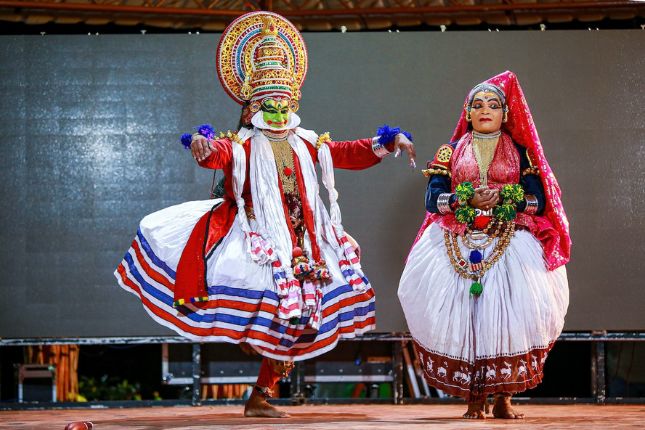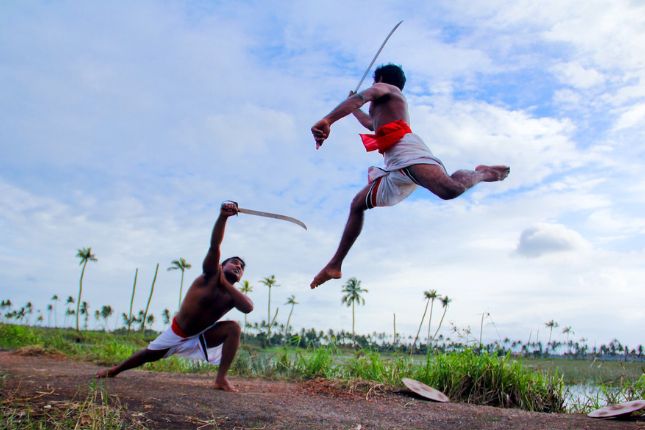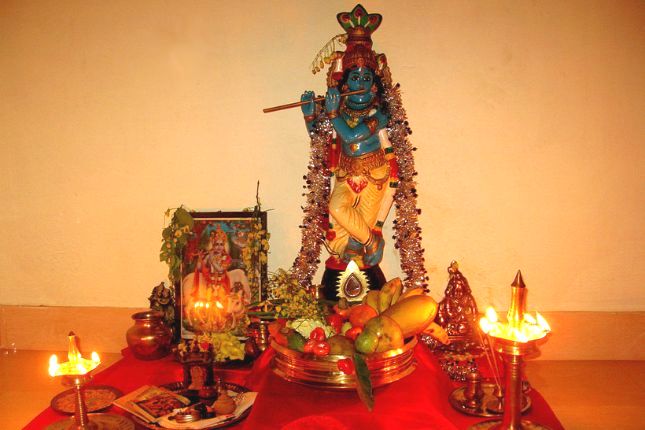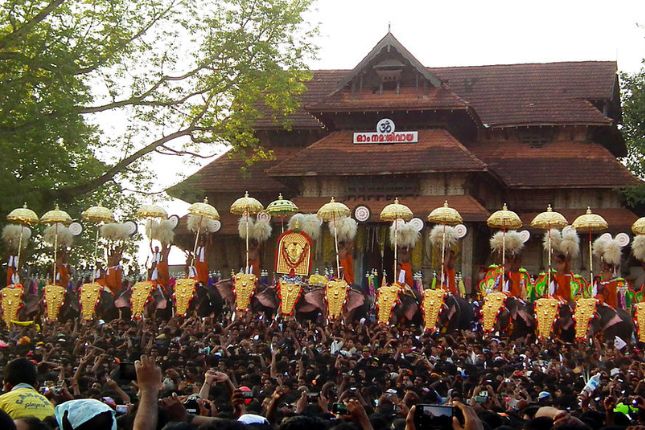Kerala’s Cultural Heritage: A Look at Its Traditional Art Forms and Festivals
Kerala, commonly referred to as “God’s Own Country,” is a state that is situated in the southwest of India. Kerala has a rich cultural history in addition to being known for its stunning backwaters, peaceful beaches, and lush vegetation. The state’s traditional art forms and festivals are an essential part of its cultural identity and have been passed down through generations. In this article, we will take a closer look at Kerala’s traditional art forms and festivals.

Kathakali is one of the most famous traditional art forms of Kerala. It is a form of classical dance-drama that originated in the 17th century and is known for its elaborate costumes, makeup, and facial expressions. The performances usually depict stories from Indian epics, such as the Ramayana and the Mahabharata, and involve a lot of intricate movements and gestures. Kathakali is performed by a group of male artists who are accompanied by musicians playing traditional instruments like chenda, maddalam, and cymbals.
Another traditional art form of Kerala is Mohiniyattam, which is a classical dance form that originated in the 16th century. It is a graceful dance that is performed by women and is characterized by gentle movements, delicate hand gestures, and intricate footwork. Mohiniyattam is usually accompanied by traditional music and is known for its lyrical and romantic nature.

Kerala is also famous for its traditional martial art form, Kalaripayattu. It is believed to be one of the oldest martial arts in the world and originated in Kerala over 3000 years ago. Kalaripayattu involves a combination of physical exercises, self-defense techniques, and weapons training. The art form is also used to promote physical fitness and spiritual well-being and is believed to have healing properties.
Apart from these traditional art forms, Kerala is also known for its vibrant festivals. One of the most famous festivals in Kerala is Onam, which is a harvest festival that is celebrated in the month of August or September. Onam is a ten-day festival that is marked by feasting, dancing, and other cultural activities. The festival is celebrated with great fervor and is believed to be the homecoming of the mythical king Mahabali.

Another important festival in Kerala is Vishu, which is celebrated in April. Vishu is the Malayalam New Year and is celebrated with great enthusiasm. The festival is marked by the Kani-Kanal ceremony, in which a special arrangement of fruits, vegetables, and other items is prepared and placed in front of a mirror. It is believed that seeing this arrangement first thing in the morning brings good luck and prosperity.
The Thrissur Pooram is another famous festival in Kerala that is celebrated in the month of April or May. It is a spectacular festival that is marked by a procession of elephants, colorful parasols, and traditional percussion music. The festival is celebrated in the town of Thrissur and is known for its grandeur and pomp.

The state of Kerala is also known for its temple festivals, which are celebrated throughout the year. These festivals are marked by processions, traditional music, and dance performances. Some of the famous temple festivals in Kerala include the Attukal Pongala, the Nenmara Vallangi Vela, and the Arattupuzha Pooram.
In conclusion, Kerala’s cultural heritage is a rich tapestry of traditional art forms and festivals that have been passed down through generations. From the elaborate costumes and makeup of Kathakali to the graceful movements of Mohiniyattam, Kerala’s traditional art forms are a testament to the state’s rich cultural heritage.
